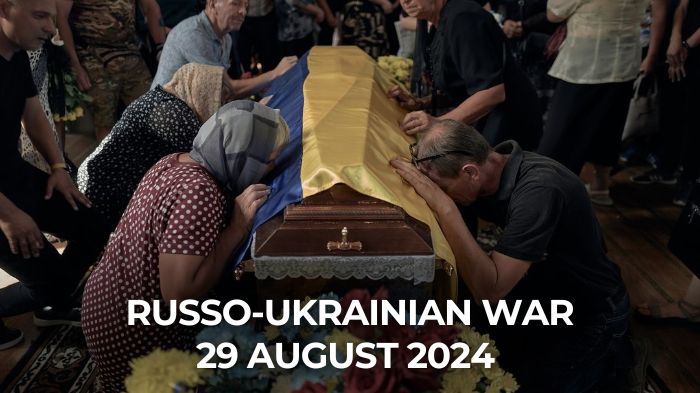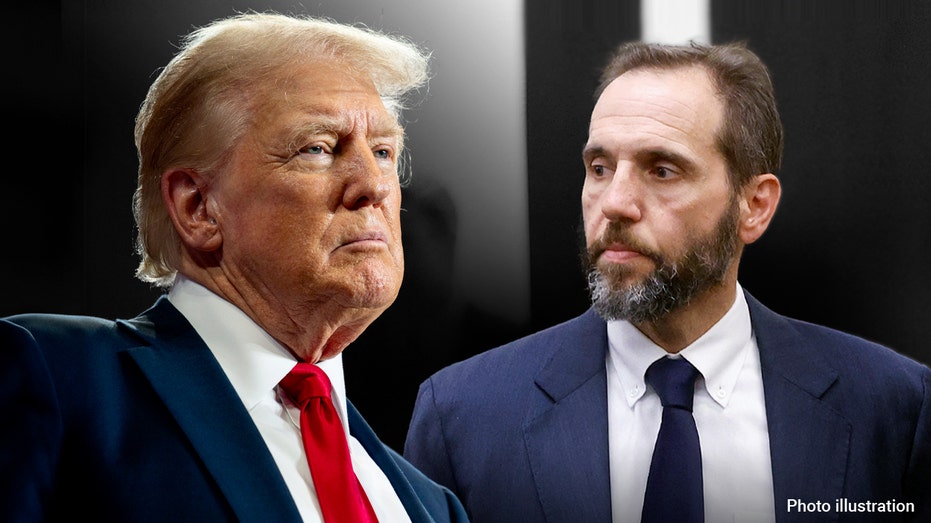Boeing in the spotlight as Congress calls a whistleblower to testify about defects in planes
Boeing will be in the spotlight during back-to-back hearings Wednesday, as Congress examines allegations of major safety failures at the embattled aircraft manufacturer.The first session will feature members of an expert panel that found serious flaws in Boeing’s safety culture.The main event will be a second hearing featuring a Boeing engineer who claims that sections of the skin on 787 Dreamliner jets are not properly fastened and could eventually break apart. The whistleblower’s lawyer says Boeing has ignored the engineer’s concerns and prevented him from talking to experts about fixing the defects.The whistleblower, Sam Salehpour, sent documents to the Federal Aviation Administration, which is investigating the quality and safety of Boeing’s manufacturing.Salehpour is scheduled to testify Wednesday before a Senate investigations subcommittee. Another Boeing whistleblower — Ed Pierson, a former manager on the Boeing 737 program — and two other aviation technical experts are also on the witness list. The Democrat who chairs the panel and its senior Republican have asked Boeing for troves of documents going back six years. The lawmakers are seeking all records about manufacturing of Boeing 787 and 777 planes, including any safety concerns or complaints raised by Boeing employees, contractors or airlines. Some of the questions seek information about Salehpour’s allegations about poorly fitted carbon-composite panels on the Dreamliner. A Boeing spokesperson said the company is cooperating with the lawmakers’ inquiry and offered to provide documents and briefings.The company says claims about the 787’s structural integrity are false. Two Boeing engineering executives said this week that in both design testing and inspections of planes — some of them 12 years old — there have been no findings of fatigue or cracking in the composite panels. They suggested that the material, formed from carbon fibers and resin, is nearly impervious to fatigue that is a constant worry with conventional aluminum fuselages. The Boeing officials also dismissed another of Salehpour’s allegations: that he saw factory workers jumping on sections of fuselage on 777s to make them align.Salehpour is the latest whistleblower to emerge with allegations about manufacturing problems at Boeing. The company has been pushed into crisis mode since a door-plug panel blew off a 737 Max jetliners during an Alaska Airlines flight in January. Investigators are focusing on four bolts that were removed and apparently not replaced during a repair job in Boeing’s factory.The company faces a criminal investigation by the Justice Department and separate investigations by the FAA and the National Transportation Safety Board.CEO David Calhoun, who will step down at the end of the year, has said many times that Boeing is taking steps to improve its manufacturing quality and safety culture. He called the blowout on the Alaska jet a “watershed moment” from which a better Boeing will emerge. There is plenty of skepticism about comments like that. “We need to look at what Boeing does, not just what it says it’s doing,” said Sen. Tammy Duckworth, D-Ill., a member of the Senate Commerce Committee, which will hold the first of Wednesday’s two hearings.The FAA is also likely to take some hits. Duckworth said that until recently, the agency “looked past far too many of Boeing’s repeated bad behaviors,” particularly when it certified the 737 Max nearly a decade ago. Two Max jets crashed in 2018 and 2019, killing 346 people, after faulty activations of a flight-control system that FAA did not fully understand.The leaders of the Senate investigations subcommittee have also requested FAA documents about its oversight of Boeing. The subcommittee’s hearing Wednesday will follow one by the Senate Commerce Committee, which is scheduled to hear from members of an expert panel that examined safety at Boeing. The group said that despite improvements made after the Max crashes, Boeing’s safety culture remains flawed and employees who raise concerns could be subject to pressure and retaliation.One of the witnesses, MIT aeronautics lecturer Javier de Luis, lost his sister in the second Max crash.
Boeing will be in the spotlight during back-to-back hearings Wednesday, as Congress examines allegations of major safety failures at the embattled aircraft manufacturer.
The first session will feature members of an expert panel that found serious flaws in Boeing’s safety culture.
The main event will be a second hearing featuring a Boeing engineer who claims that sections of the skin on 787 Dreamliner jets are not properly fastened and could eventually break apart. The whistleblower’s lawyer says Boeing has ignored the engineer’s concerns and prevented him from talking to experts about fixing the defects.
The whistleblower, Sam Salehpour, sent documents to the Federal Aviation Administration, which is investigating the quality and safety of Boeing’s manufacturing.
Salehpour is scheduled to testify Wednesday before a Senate investigations subcommittee. Another Boeing whistleblower — Ed Pierson, a former manager on the Boeing 737 program — and two other aviation technical experts are also on the witness list.
The Democrat who chairs the panel and its senior Republican have asked Boeing for troves of documents going back six years.
The lawmakers are seeking all records about manufacturing of Boeing 787 and 777 planes, including any safety concerns or complaints raised by Boeing employees, contractors or airlines. Some of the questions seek information about Salehpour’s allegations about poorly fitted carbon-composite panels on the Dreamliner.
A Boeing spokesperson said the company is cooperating with the lawmakers’ inquiry and offered to provide documents and briefings.
The company says claims about the 787’s structural integrity are false. Two Boeing engineering executives said this week that in both design testing and inspections of planes — some of them 12 years old — there have been no findings of fatigue or cracking in the composite panels. They suggested that the material, formed from carbon fibers and resin, is nearly impervious to fatigue that is a constant worry with conventional aluminum fuselages.
The Boeing officials also dismissed another of Salehpour’s allegations: that he saw factory workers jumping on sections of fuselage on 777s to make them align.
Salehpour is the latest whistleblower to emerge with allegations about manufacturing problems at Boeing. The company has been pushed into crisis mode since a door-plug panel blew off a 737 Max jetliners during an Alaska Airlines flight in January. Investigators are focusing on four bolts that were removed and apparently not replaced during a repair job in Boeing’s factory.
The company faces a criminal investigation by the Justice Department and separate investigations by the FAA and the National Transportation Safety Board.
CEO David Calhoun, who will step down at the end of the year, has said many times that Boeing is taking steps to improve its manufacturing quality and safety culture. He called the blowout on the Alaska jet a “watershed moment” from which a better Boeing will emerge.
There is plenty of skepticism about comments like that.
“We need to look at what Boeing does, not just what it says it’s doing,” said Sen. Tammy Duckworth, D-Ill., a member of the Senate Commerce Committee, which will hold the first of Wednesday’s two hearings.
The FAA is also likely to take some hits. Duckworth said that until recently, the agency “looked past far too many of Boeing’s repeated bad behaviors,” particularly when it certified the 737 Max nearly a decade ago. Two Max jets crashed in 2018 and 2019, killing 346 people, after faulty activations of a flight-control system that FAA did not fully understand.
The leaders of the Senate investigations subcommittee have also requested FAA documents about its oversight of Boeing.
The subcommittee’s hearing Wednesday will follow one by the Senate Commerce Committee, which is scheduled to hear from members of an expert panel that examined safety at Boeing. The group said that despite improvements made after the Max crashes, Boeing’s safety culture remains flawed and employees who raise concerns could be subject to pressure and retaliation.
One of the witnesses, MIT aeronautics lecturer Javier de Luis, lost his sister in the second Max crash.


